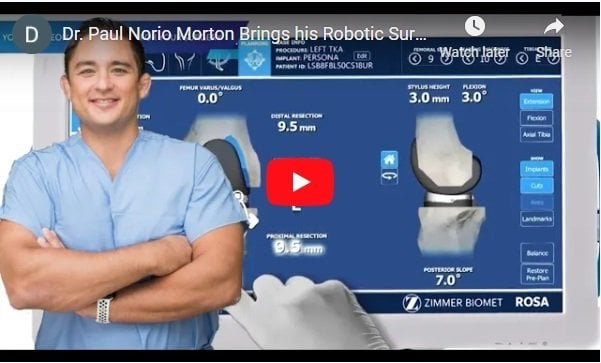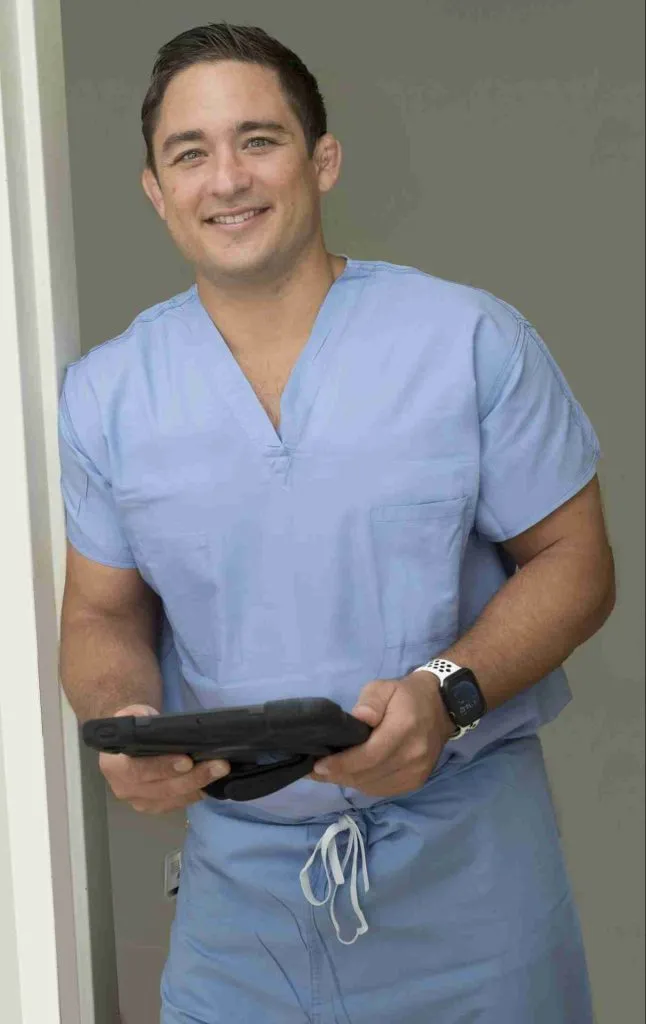The First Month of Recovery after ACL Reconstruction

Three Months After ACL Reconstruction

The 6 Month Mark

At the six month mark of your recovery, you may start to feel like yourself again. More strength and power activities can begin, running, plyometric training, and other functional activities.
However, just as with every other phase, you need to gradually progress, ensuring you are moving with good body mechanics, maintaining adequate stability, and using pain as your guide.
Having at least 85% of contralateral strength in your quadriceps and hamstrings, meaning the leg that had surgery is at least 85% as strong as your other leg can give you the green light in returning to running and accessible cutting sports like soccer, tennis, and football.
However, more challenging jumping sports and activities should be put on hold until closer to the nine-month mark to avoid the risk of injury or re-rupture. The impact and eccentric loading of jumping activities place a different stress on the new ACL than other sporting activities.
To avoid injury during this time, make sure to use a functional brace still, don’t progress too quickly, and don’t start to show some slack in following your protocol.
The 9 – 12 Month Time-frame

Faster Recovery
All-inside ACL Reconstruction

ACL repairs failed in the past as the normal synovial fluid in the joint would prevent the healing of this ACL. This process is called resorption, where your body slowly breaks down and absorbs the repair over time.
So surgeons began searching for a way to encourage your body to accept the repair and enable it to heal on its own. The first major breakthrough in this area was the development of the autograft, which uses a tendon from another part of your body to replace your ACL.
While this method was an improvement, it still had its limitations as the new tendon was not always as strong as the original. Additionally, there was still the risk of resorption, albeit to a lesser extent.
The use of an allograft uses a tendon from a deceased donor. This method eliminates the need to harvest a tendon from another part of your body, but there is still the risk of resorption as your body may reject the allograft. In addition, allografts are not as strong as autografts and have a higher failure rate, especially in younger patients.
Frequently Asked Questions
When you tear your ACL, patients often feel a sudden pop and their knee will give out from underneath them. Usually you will feel very unstable after the injury, as though your knee is “floppy”. Many patients will experience significant swelling and pain. The swelling and pain will gradually resolve. Without treatment, many patients continue to have discomfort and difficulty walking. It is important to see an orthopedic surgeon to make sure you have your knee addressed appropriately.
Minor, partial tears may not cause your knee to feel unstable, and you may be able to function fine. Complete tears of your ACL will not heal without surgery. Unfortunately, the ACL is located in an area of the knee joint that it will not heal on its own. However, some patients who are lower demand can consider a rehabilitation program to strengthen their knee and successfully manage their ACL tear without surgery.
Patients who are less active may consider delaying their surgery if they have other obligations. However, patients who continue to perform high levels of activity are placing the cartilage and meniscus at risk for further injury. Further injury to the knee can lead to arthritis later in life.
Yes, you can walk. Often times the knee is very swollen after the injury. Once you recover from the initial injury, However, without an ACL patients sometimes feel unstable. Patients who are athletes or require the use of their knee for high demand activities that involve pivoting or jumping are more likely to desire an ACL reconstruction.

